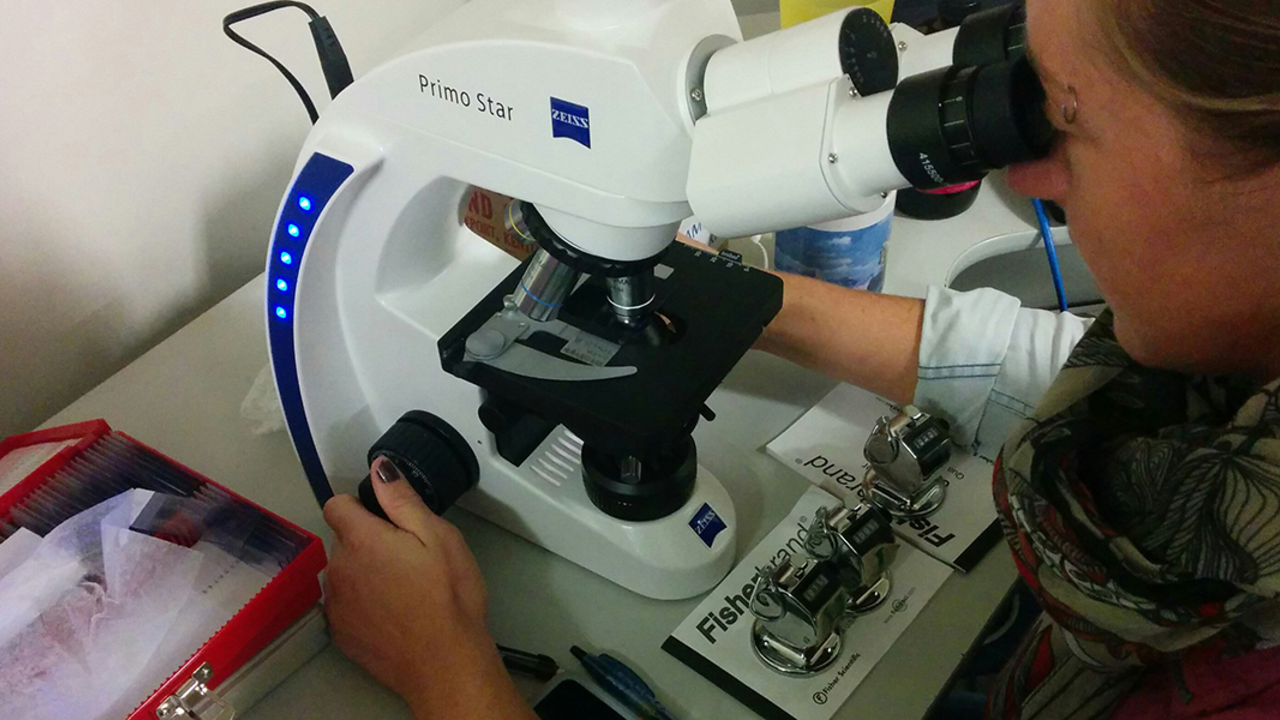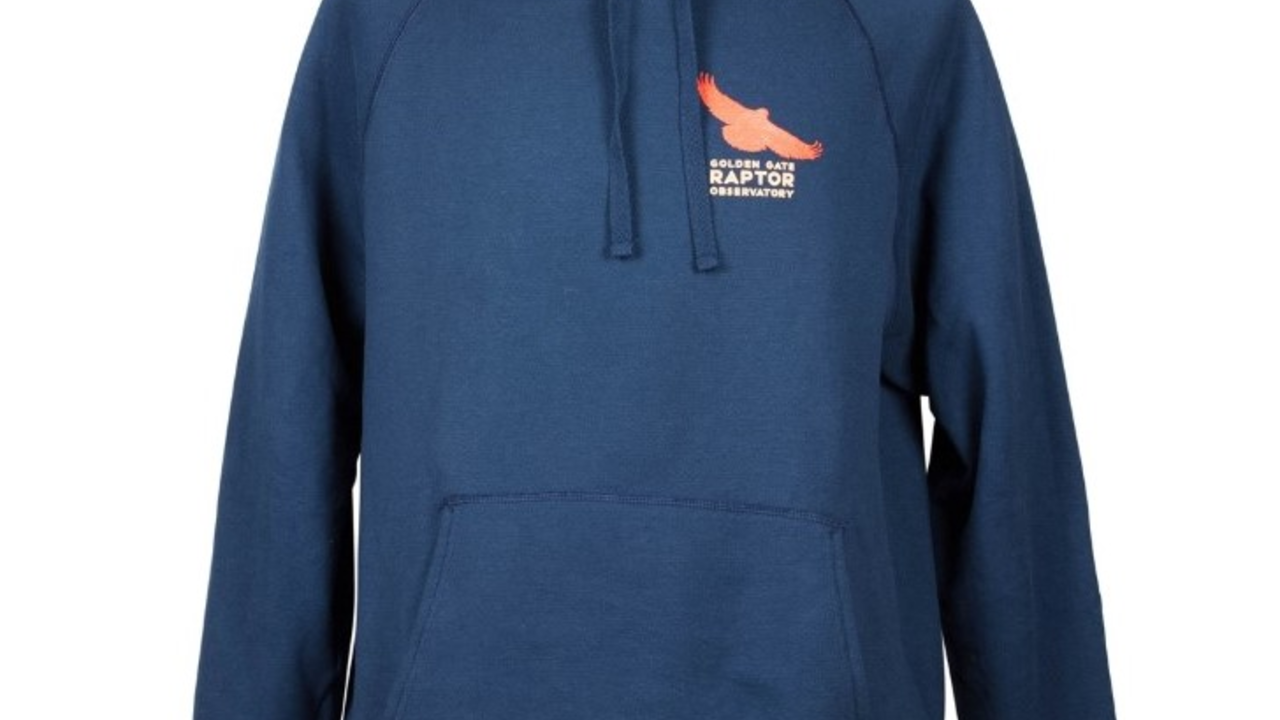Vulture Ecology Study: 2020 Update
By: Teresa Ely
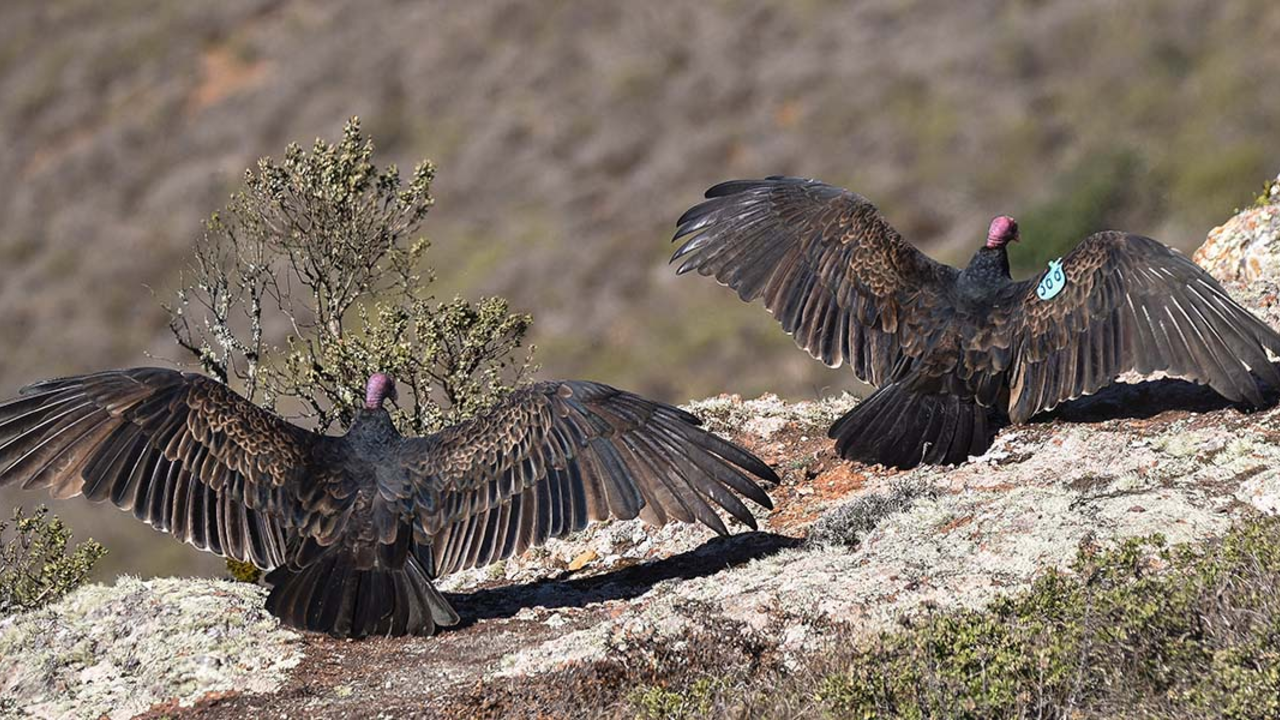
George Eade / GGRO
The Vulture Ecology Study: 2020 Update is part of the Golden Gate Raptor Observatory (GGRO) 2020 Pacific Raptor Report. It was authored by biologist Teresa Ely, GGRO’s Banding Manager and resident vulture expert. The GGRO has been a program of the Parks Conservancy for over 30 years, fulfilling their mission to inspire the preservation of California raptor populations. The full Pacific Raptor Report can be found on the GGRO publications page. If you'd like to support GGRO's great work, you can consider donating to the Conservancy here.
I have a fondness for Turkey Vultures that a lot of people do not have. You can almost feel the warmth of the sun when you see them perched with their wings outstretched in the morning. I like the way they seem to effortlessly soar through the sky, the fact that their gut can handle decomposing food, and if you watch them for long enough, they show natural curiosity. Simply put, they are cool.
When I took over the GGRO Vulture Ecology project from Chris Briggs, there was a steep learning curve in how to catch these birds. Over a couple of seasons, with the help of interns, a small volunteer support team, and collaboration with local rehabbers, we went from operating an unproductive chicken- carcass bow net at an active banding station, to a high-functioning cow-carcass-buffet walk-in trap located near Sausalito.
As we described in Pacific Raptor 39 and 41, our goal is to study Turkey Vulture movement ecology as well as rodenticide exposure. In addition to trapping vultures in the Marin Headlands, we have collaborated with two Bay Area rehabilitation centers, WildCare in San Rafael and Lindsay Wildlife Hospital in Walnut Creek. I have tagged some of their rehabbed vultures before they were released. Working with these two organizations has helped me to keep up my tagging skills (you must create a small puncture in the patagium to place the tag, similar to condors), as well as to provide information on vulture rehab success.
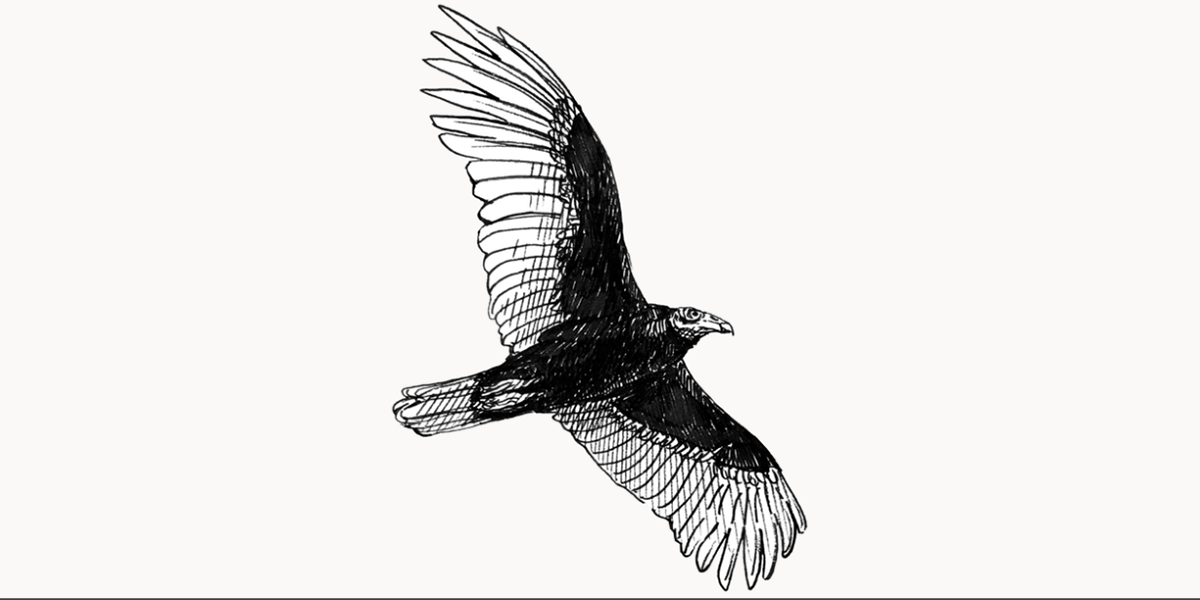
WILDCARE VULTURES
362: The first vulture we tagged, 362, was initially found on May 16, 2017, in Marshall, CA: “feathers everywhere, not on the road but found in the grass near a power pole, lethargic.” It was a possible collision. 362 was tagged and released on July 18, 2017, and resighted by former GGRO bander Galen Leeds on January 2, 2018. Resightings: 1
364: Found grounded near Danville, CA, in November 2019, 364 had an injured right wing due to a broken digit. This vulture was also suffering from lead poisoning due to a gunshot wound. 364 was released in February 2020, and was resighted in December 2020 flying over the hills of surrounding Alameda Creek, and at Sulphur Creek with about 30 other vultures. Resightings: 2
369: In February of 2018, WildCare received a vulture that had been hit by a car and had a fractured right scapula and clavicle. It was rehabbed successfully and released in Tiburon, CA, in March 2018. We had a handful of resighting reports for 369 over the next year from Bel Aire and Tiburon. In August 2019, 369 was picked up on the side of the road, taken to WildCare, and unfortunately did not survive. The California Department Fish and Wildlife report determined that the cause of death was anticoagulant rodenticide toxicosis. Resightings: 7
370: This vulture was found on the ground, exhausted and not fully stable in Novato, CA in March 2018, with head trauma and abrasion on the face. 370 recovered shortly after being brought in and we released it near Olompali State Park in April 2018. Resightings: 0
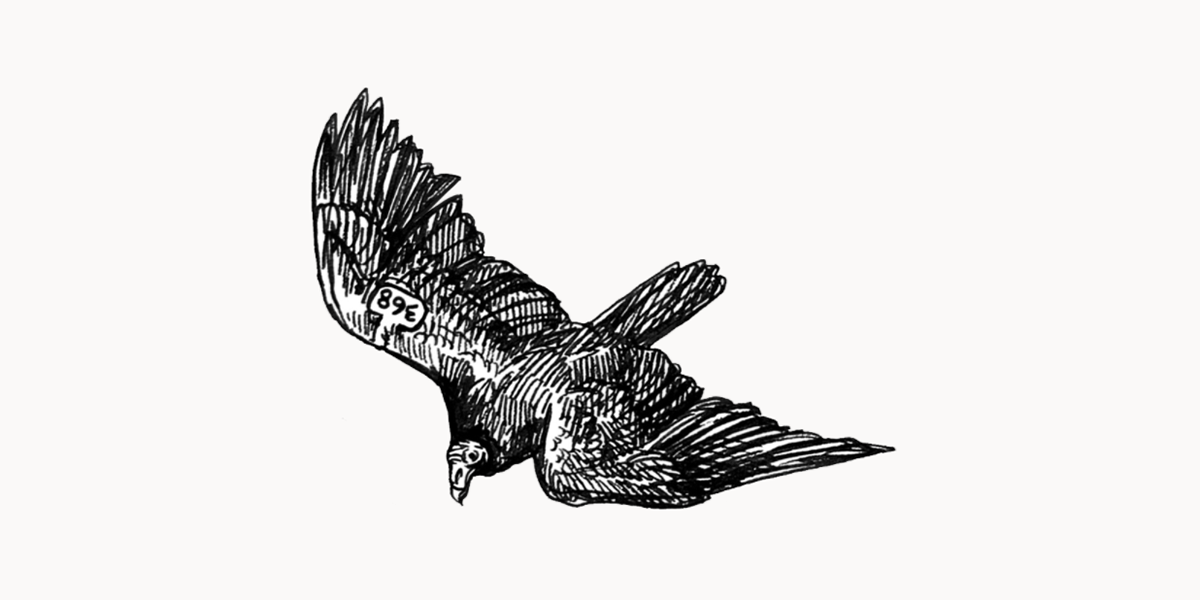
LINDSAY WILDLIFE HOSPITAL VULTURES
373: This vulture was brought to Lindsay Wildlife Hospital in October 2018 after it was found in Clayton, CA, with a gunshot wound that caused broken wing bones. It underwent surgery and spent 107 days healing from its injury before it was released in February 2019. Resightings: 4
470: This orphaned vulture was found in San Ramon, CA, and brought to Lindsay Wildlife Hospital at about 38 days old. It was treated at University of California, Davis before being tagged and released. 470 was first resighted in Napa, then moved south and was resighted in Milpitas, Santa Clara, and Palo Alto. Resightings: 4
473: This vulture was found in April 2020, grounded due to a gunshot wound and lead poisoning in Richmond, CA. 473 was tagged and released in June 2020. Resightings: 2
474: In July 2020 this juvenile vulture, found in Pittsburg, CA was admitted to Lindsay Wildlife Hospital with an injured foot. It underwent surgery to fix a broken right leg. Resightings: 2
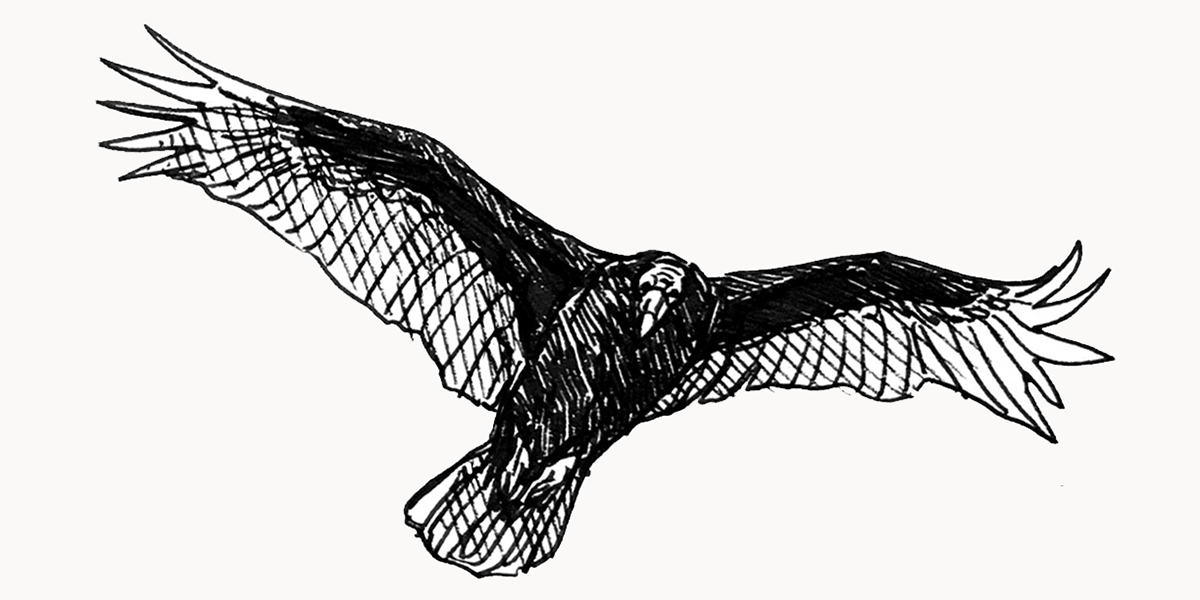
MARIN HEADLANDS VULTURES
363: Resightings: 6
365: Resightings: 2
366: Resightings: 1
367: Resightings: 20
368: Featured in Pacific Raptor 41, this vulture started showing signs of possible lead poisoning. The bird was taken to WildCare, rehabbed, and released with a transmitter in January 2018. Resightings: Numerous. This is the most resighted vulture from Hawk Hill.
371: Resightings: 0
372: Resightings: 0
471: This vulture started to become “trap happy” which means it started hanging out at the walk-in trap because it knew this was a good source of food. We originally tagged the bird in January 2020. When it walked into our trap again a few weeks later, we placed a transmitter on it to follow its movements more closely. Granted, a lot of what the transmitter was picking up was the vulture’s locations around the trap. When it reentered the trap yet again, we took the opportunity to check on the transmitter fit and operation. Everything looked good and now 471 regularly moves between Sausalito and Novato. Resightings: 5
472: Resightings: 2
When we were told that we had to shut down trapping operations in 2020, it was a huge disappointment, but this was necessary for safety. Along with the Bay Area shelter-in-place orders, there was a noticeable trend that began—bird- watching became more popular. I believe one reason that we’ve seen an uptick in our vulture resightings is because more people are out looking at birds.
The map that follows, made by GGRO volunteer Erin Fisher-Colton, shows the vultures that were resighted and reported to Bird Banding Laboratory in 2020. We’d hoped to see more movement for these birds, but it is not entirely unexpected that they remain “local.” During peak vulture migration times, we have had to close the trap due to smoke from nearby fires causing poor air quality in the Bay Area. The vultures we have tagged are outside the fall migration window, which might explain why we see these more local birds.
Our next steps include testing the blood samples for rodenticides and heavy metal presence. If conditions allow us to run the trap in the upcoming autumn, we hope to trap some birds that will migrate farther than Palo Alto. We also plan to continue working with WildCare and Lindsay Wildlife Hospital, and deeply appreciate the collaboration and skills of our colleagues at both institutions.
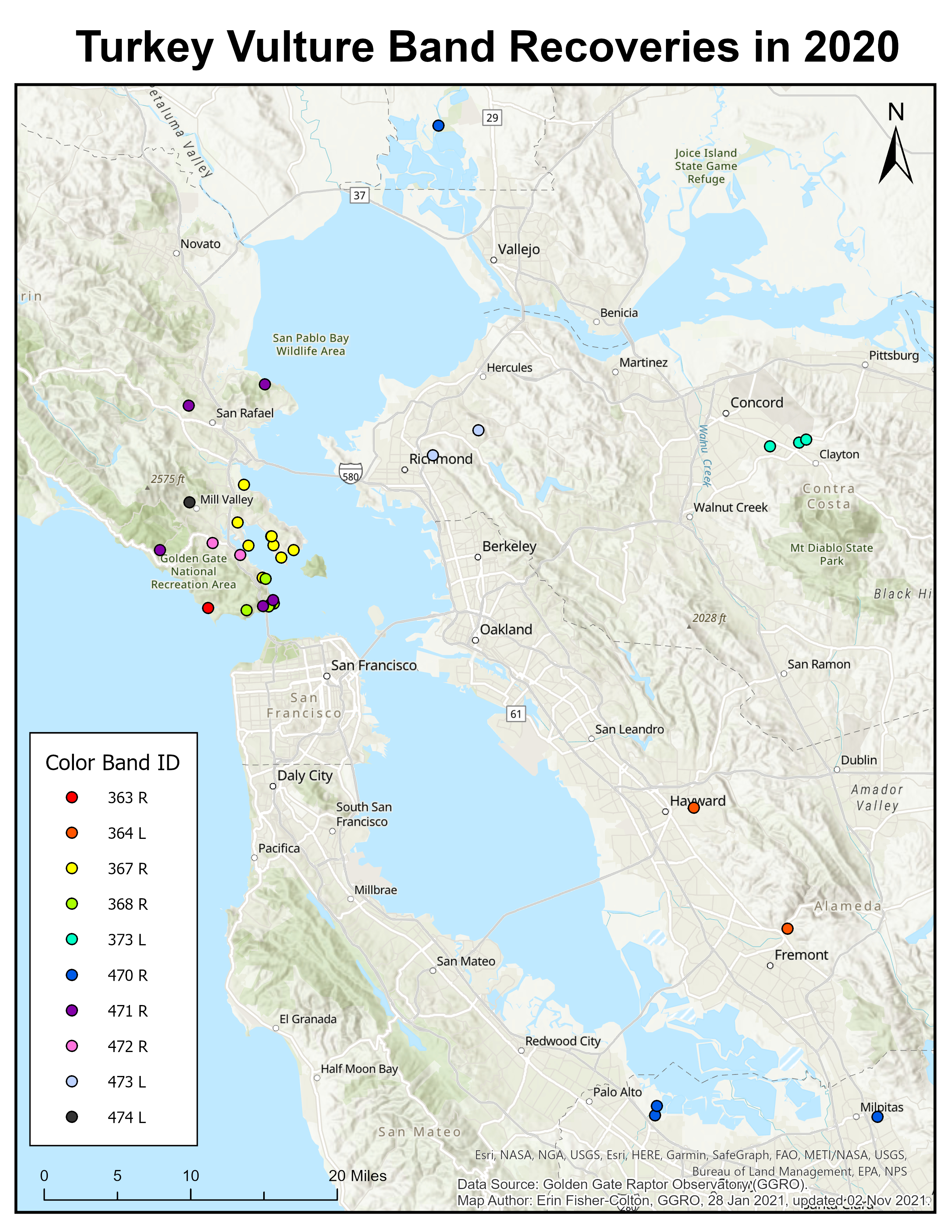
Visit the GGRO Publications page for the full version of the 2020 Pacific Raptor Report.

